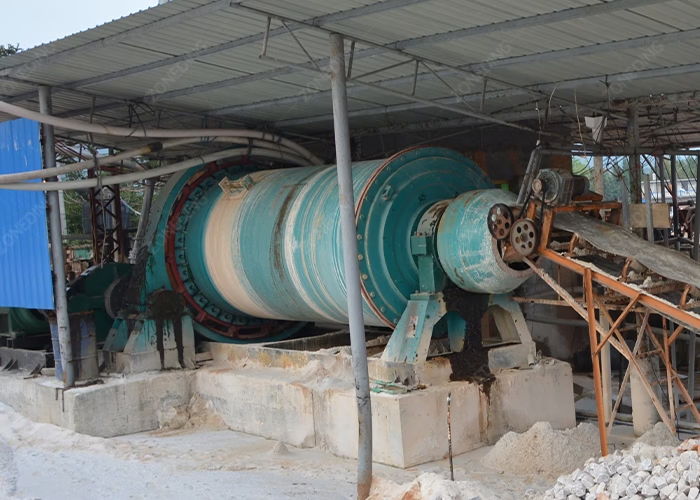全站搜索
Search the entire website
Search the entire website
An effective bentonite production line for high-moisture feed must integrate drying, grinding, and sodium activation. The two primary design configurations are a rotary dryer paired with a Raymond mill, or a single vertical roller mill equipped with a high-capacity hot air furnace.
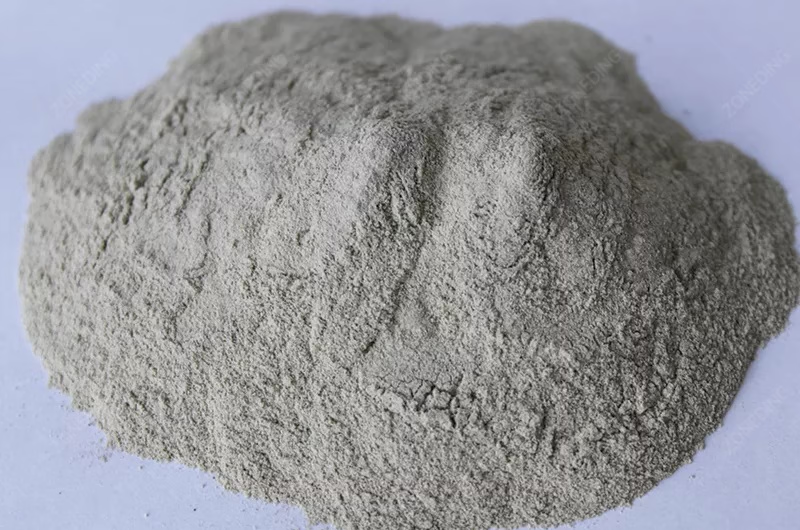
The initial moisture content of the raw bentonite is the single most important parameter. It dictates the entire plant design, technology selection, and overall project investment cost.
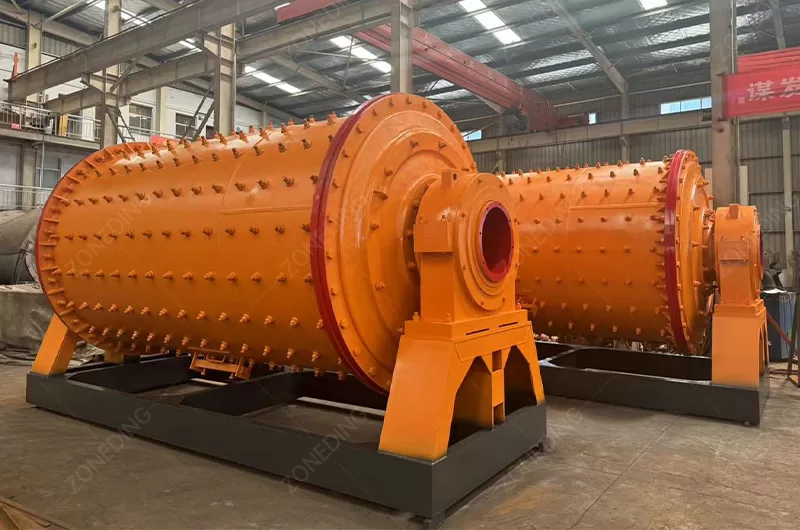
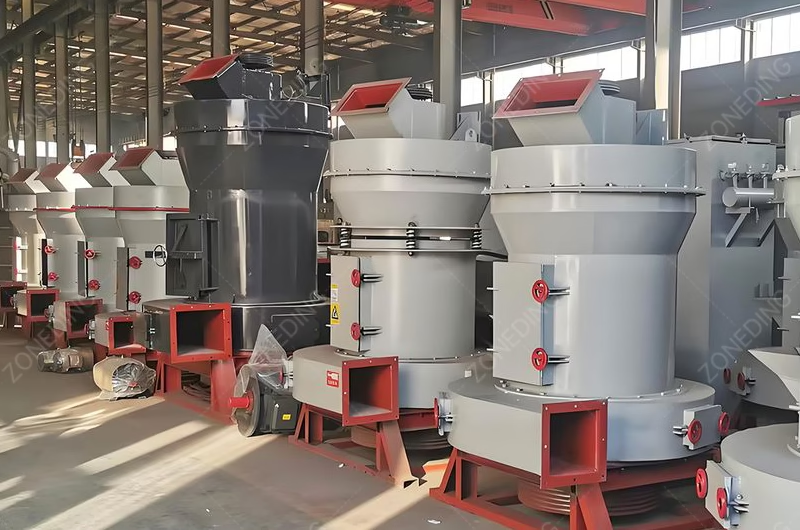
For bentonite with moisture below 15%, a Raymond mill with an integrated hot air furnace can typically manage drying and grinding. For moisture levels of 15-35% or higher, the choice is between a dedicated pre-drying system or a powerful vertical roller mill designed for high moisture material grinding.
Attempting to grind high-moisture bentonite without adequate drying capacity will lead to immediate and catastrophic plugging of the mill, classifier, and ductwork.
Moisture Level and Technology Choice:
Most natural bentonite is calcium-based, which has poor swelling properties. High-value markets like drilling and foundry require sodium bentonite. This requires a chemical modification process.
Sodium activation is a chemical process where soda ash (sodium carbonate) is added to calcium bentonite to convert it into high-swelling sodium bentonite production. This sodium activation is best performed before grinding by mixing the soda ash with crushed bentonite and allowing it to “cure” for 24-72 hours.
This crucial step happens before the main drying and grinding circuits.
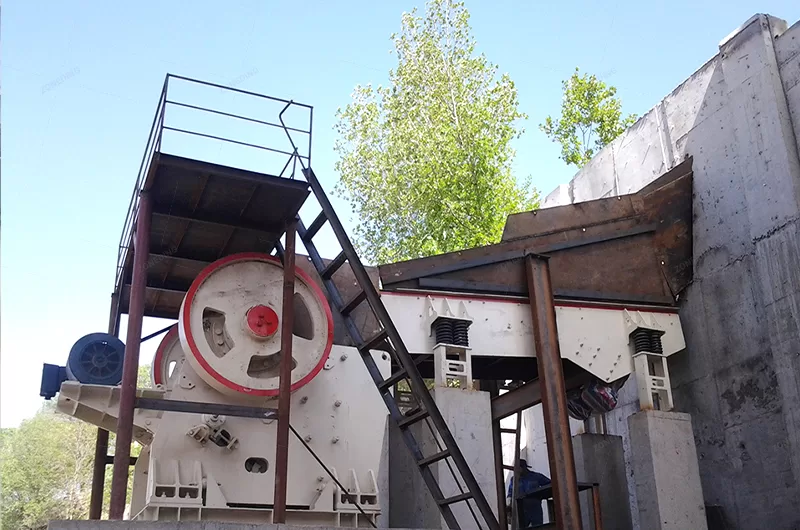
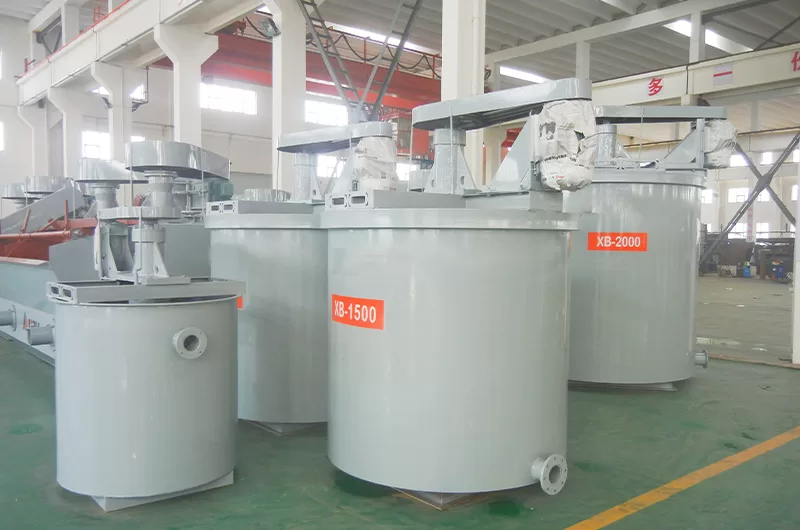
This is the traditional and most widely understood approach for handling high-moisture bentonite. It separates the drying and grinding processes into two distinct stages.
The rotary dryer + Raymond mill combination is a robust, flexible, and lower-capital-cost solution. Its main advantages are operational simplicity and the ability to independently control drying and grinding. The primary disadvantages are a larger physical footprint and lower overall energy efficiency.
This is a proven, reliable workhorse system.
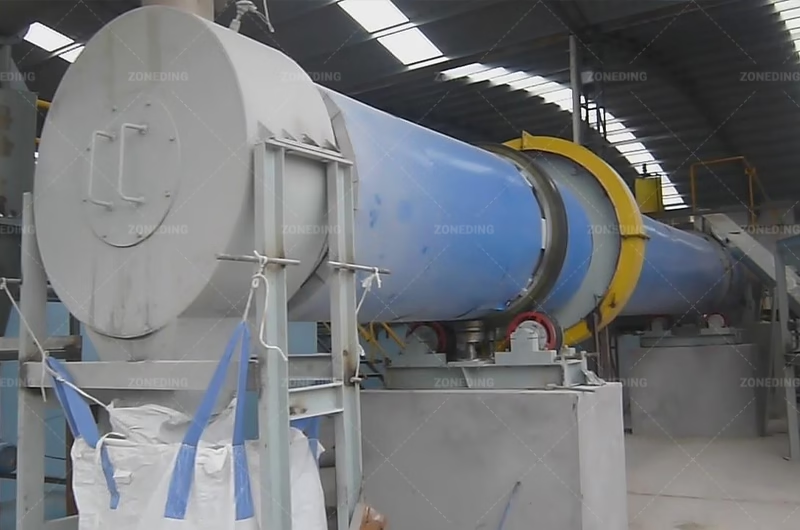
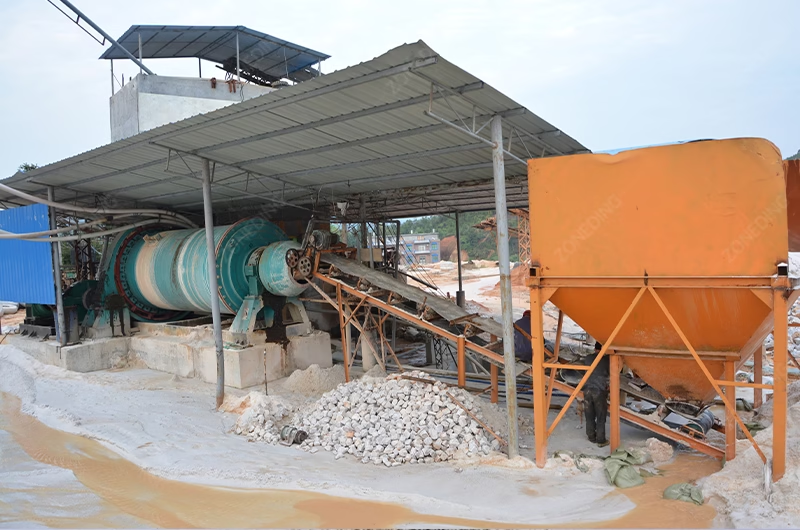
| Pros (Advantages) | Cons (Disadvantages) |
|---|---|
| Lower Capital Cost: The combined cost is often less than a single large VRM system. | Large Footprint: Requires significant space for two separate processing lines. |
| Operational Flexibility: The mill can be stopped for maintenance without stopping the dryer. | Lower Energy Efficiency: Heat is lost in the transfer between the dryer and the mill. |
| Simpler Maintenance: Both are common machines with readily available parts and expertise. | More Material Handling: Requires extra conveyors, elevators, and silos between stages. |
| Independent Control: Drying temperature and grinding fineness are controlled separately. | Higher Dust Emissions: More transfer points create more potential for dust leakage. |
The vertical roller mill for bentonite is a more modern, integrated solution that performs crushing, drying, grinding, and classifying in a single unit.
A vertical roller mill (VRM) system offers superior energy efficiency, a compact footprint, and precise process control, making it an excellent investment for large-capacity plants. Its main drawbacks are a higher initial capital cost and more complex maintenance requirements.
This is the high-tech, high-efficiency solution.
| Pros (Advantages) | Cons (Disadvantages) |
|---|---|
| Excellent Energy Efficiency: Grinds, dries, and classifies in one machine, saving energy. | Higher Capital Cost: A VRM and its required hot air furnace are a major investment. |
| Compact Footprint: The vertical design saves a considerable amount of plant space. | Complex Maintenance: Requires specialized technicians and more complex wear part changes. |
| Superior Drying Capacity: Can handle very high moisture with a properly sized air heater. | Less Operational Flexibility: A stoppage in one part of the system stops the entire process. |
| Low Noise & Vibration: Generally operates more smoothly and quietly than a traditional setup. | Sensitive to Tramp Metal: Requires excellent magnetic separation upstream. |
From raw clay to a bagged product, a well-designed plant has several key stages that must work in harmony.
A complete bentonite processing plant process flowsheet starts with raw material handling, followed by crushing, sodium activation (if needed), curing, drying and grinding (either combined or separate), product collection in a baghouse, storage in a silo, and finally, packaging.
Each step is critical for the final product quality.
The plant design must be tailored to meet the specific quality demands of the target market. Not all bentonite powder is the same.
The target application dictates the required fineness (mesh size), the degree of sodium activation, and the final moisture content. Cat litter production requires granules, not powder, while API grade bentonite for drilling mud has strict requirements on fineness and swelling index.
The process design must be capable of hitting these targets.
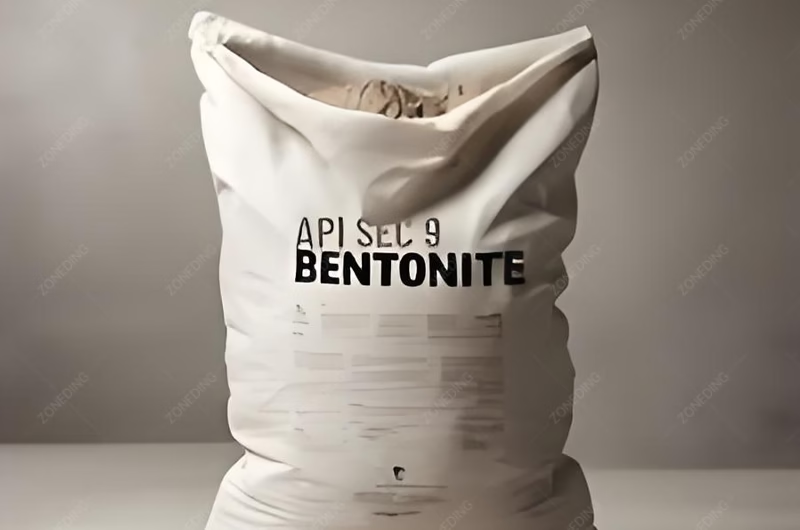
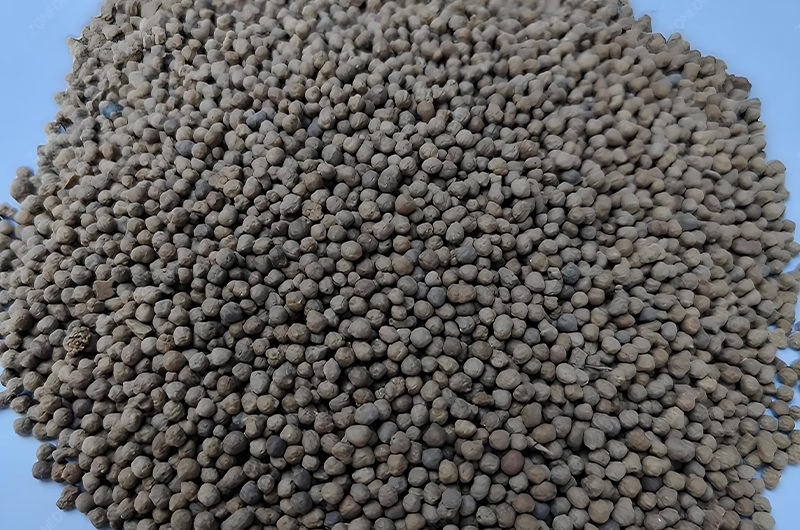
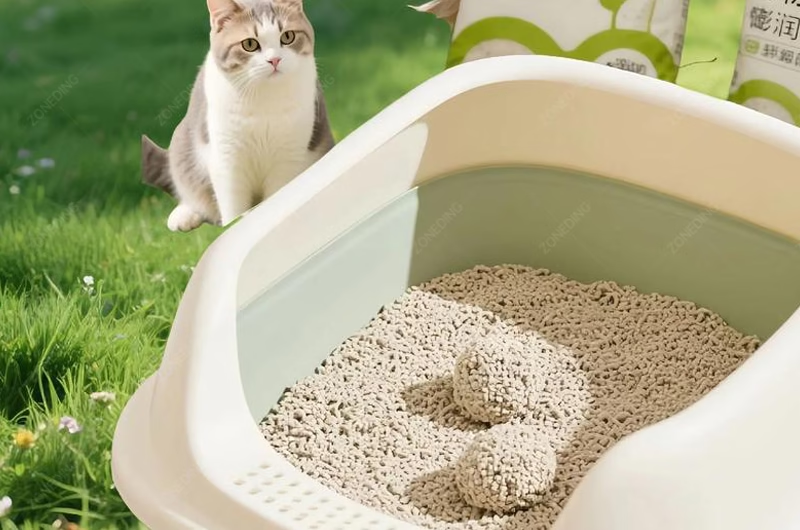

| Application | Required Fineness | Key Quality Metric | Process Notes |
|---|---|---|---|
| Drilling Mud (API Grade Bentonite) | 95% passing 200 mesh | High Swell Index & Yield Point | Requires efficient sodium activation. |
| Foundry Grade Bentonite | 85-90% passing 200 mesh | Green & Dry Compression Strength | Consistent moisture and fineness are key. |
| Pelletizing Binder | 70-80% passing 200 mesh | Bonding strength | A coarser, more economical grind is often sufficient. |
| Cat Litter | Granules (not powder) | Absorption Capacity & Clumping | Requires a granulation circuit, not a grinding mill. |
| Coatings & Fillers | 325 mesh or finer | Whiteness & Brightness | May require ore with low iron content. |
Beyond the major equipment, several smaller details can make or break a plant’s efficiency and reliability.
Critical but often overlooked design details include installing high-quality magnetic separators to protect the mill, using steep-angled (65°+) hopper and silo cones to prevent material buildup, and designing a robust dust collection system for all transfer points, not just the main mill.
Getting these details right from the start saves years of operational headaches.
Budget planning is a critical step in project development. The total investment varies widely based on several key factors.
The project investment cost for a complete bentonite production line equipment package can range from $150,000 to over $1,000,000. A smaller-scale ‘Dryer + Raymond Mill’ system is at the lower end, while a large-capacity ‘Vertical Roller Mill’ system represents the higher end.
The final price is not just for one machine but for an entire, integrated system.
Key Cost Factors:
The final equipment price is determined by specific project requirements. The main variables that influence the cost are capacity, moisture level, and the chosen technology path. A detailed quotation requires a full analysis of the raw material and production goals.
| Cost Driver | Lower Cost Option | Higher Cost Option | Explanation |
|---|---|---|---|
| System Type | Rotary Dryer + Raymond Mill | Vertical Roller Mill (VRM) | The VRM is a more complex and larger single machine. |
| Capacity | 5-10 tons per hour | 30-50+ tons per hour | Larger equipment, motors, and structures cost significantly more. |
| Moisture Removal | 10-15% initial moisture | 25-35% initial moisture | Higher moisture requires a much larger, more powerful dryer or hot air furnace. |
| Automation | Basic motor start/stop panels | Full PLC control system | A fully automated plant requires more sensors, software, and engineering. |
| Ancillary Scope | Core grinding line only | Full line with crushers, silos, packaging | The more complete the scope, the higher the total equipment cost. |
Designing a bentonite grinding plant design for high-moisture material is a complex engineering challenge. A thorough analysis of the raw material’s moisture content and the target market’s quality requirements is essential for making an informed decision between the classic dryer-and-mill setup and a modern integrated vertical roller mill system. This decision is fundamental to ensuring a successful and profitable investment.
